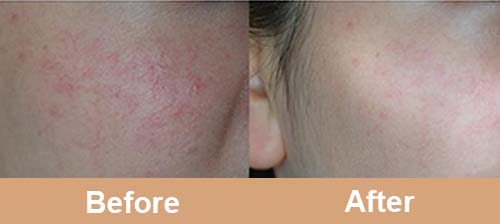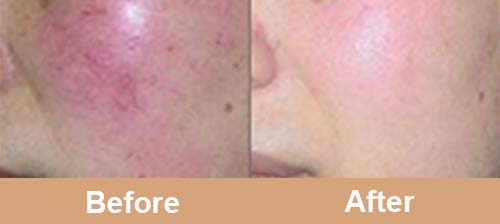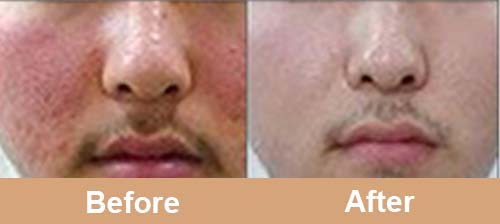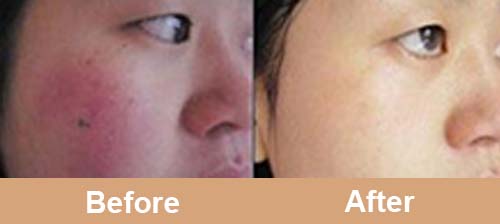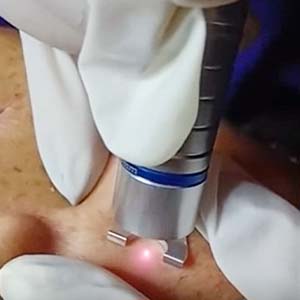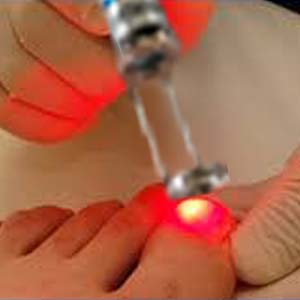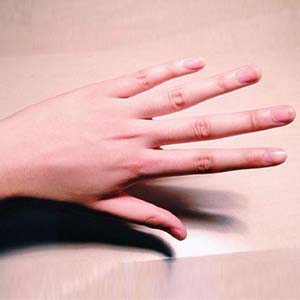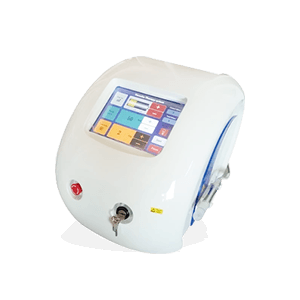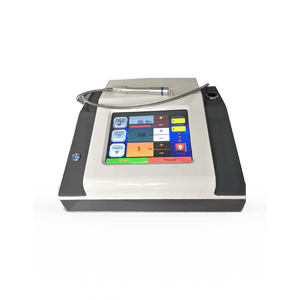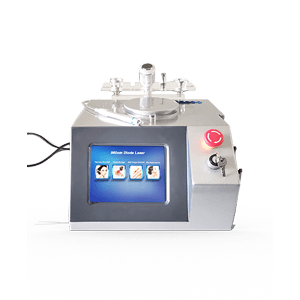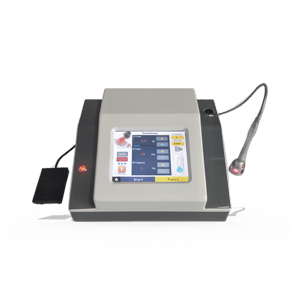Vascular Lesions
Vascular lesions are relatively common abnormalities of the skin and underlying tissues. Spider veins, enlarged leg veins, varicose veins are highly common throughout the population. A lesser common but very visible symptom is port wine stain, especially when it appears on the face. Among other classifications are different types of vascular malformations: Capillary, Venous, Lymphatic, and Arterial. Among children, the most common vascular lesion type is Hemangiomas. These are benign tumors that appear shortly after birth as pinkish-red spots which grow over time and throughout adulthood. Women most commonly experience these cosmetic vein issues and they affect more than 50% of the entire adult population.
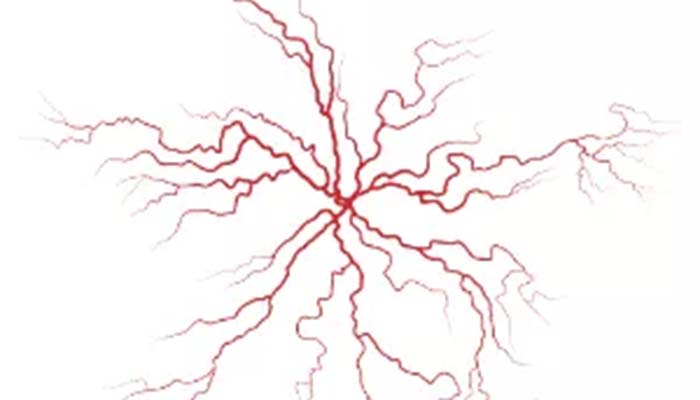
How Does The Vascular Lesions Treatment Work?
(prettylasers.com) PrettyLasers’s vascular lesions treatments offer effective, non-invasive solutions that close these veins and reduce or eliminate their appearance. The treatment utilizes a IPL or precise laser wavelengths (980nm) that target only the malformed blood vessel beneath the skin and stop the blood supply to it.
The ultimate goal of laser treatment of vascular lesions is the selective destruction of abnormal vessels by heating the vessel wall through the absorption of light by hemoglobin. The wavelength chosen should be selectively absorbed by hemoglobin, and the pulse length should be short enough to confine the heat to the blood vessels to prevent unwanted damage to adjacent tissue.
The result is smooth, spotless, clear skin and renewed confidence. The treatments are safe and effective for all skin types and provide reliable, long-term results. Therefore, IPL or Laser is the best treatment for varicose and spider veins.
Why Choose Laser/Light Therapy For Spider Veins?
Laser/light therapy is considered the treatment of choice for facial spider veins. It can be used on other parts of the body as well.
Capillary malformations (port-wine stains; n = 9) needed a series of treatments. It was taken care not to overlap laser shots to avoid pigmentary changes and ulcerations. The time interval between laser sessions was ≥2 weeks. The aim was a significant bleaching effect. However, the complete disappearance of these lesions is impossible. Again, no scars were observed. Extra facial lesions in adults did not need anesthesia in most cases.
Facial telangiectasias and couperose can also be treated with the 980 nm diode laser. Nasal telangiectasias are particularly painful. The pulse duration should be at least three times shorter than pulse pause to avoid ulcerations. Couperose needs a series of treatments to obtain good results. This should be accompanied by sun protection and rosacea treatment with topical metronidazole.
Spider leg veins not responding to sclerosing therapy may be treated by diode laser. The red spiders are responding better than the blue ones. Spider leg veins may develop again after a certain period of time.
Keloids can be treated by laser during the phase of redness. Here, the target of laser therapy would be sprouting vessels. The diode laser can reduce the redness. There is no effect on the width and height of keloids. For this purpose, the treatment has to be combined with ablative lasers and/or intralesional corticosteroids. No induction of further growth of keloids has been observed after exposure to diode laser.
Care has to be taken to avoid scars and hypopigmentation by adaption of power, pulse duration, and pulse pause. Protective goggles are indispensable to avoid accidental injury to the eyes.
Vascular Lesions Treatment Before & After Pictures
